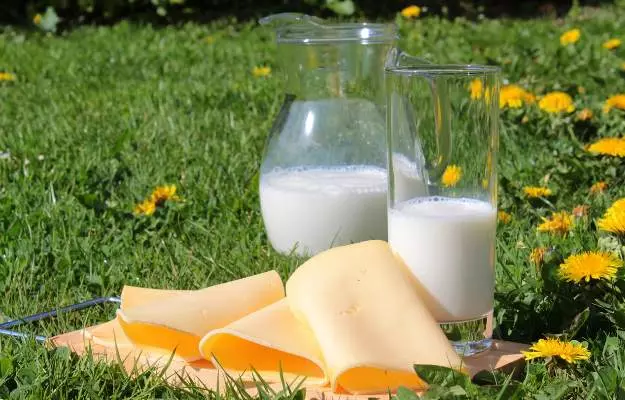Our body needs a number of nutrients to maintain its day to day functioning. While some of these are produced by the body itself, there are some nutrients which are needed to be consumed in the form of food or dietary sources. Calcium is one such food. It is an essential nutrient that comprises about 1-2% of the body weight and is needed for the development and maintenance of bones and teeth. Additionally, calcium is also needed for the proper functioning of the nervous and circulatory system. Bet you never thought how important this simple mineral is.
Unfortunately, people in Asian countries like India tend to have low calcium intake. Studies suggest that daily calcium intake is around 400 mg per day in these countries.
According to NIH, calcium deficiency is not easily apparent as the body keeps on taking calcium from the bones to fulfil its requirements. Gradually your bones become weak and become prone to diseases like osteoporosis and fractures. Serious calcium deficiency may also show up as arrhythmias and numb and tingling fingers.
The good news here is that a lot of Indian foods have an inherently rich calcium content and if you take adequate amounts of these foods, you might not have to rely on supplements.
So, what are the easily available sources of calcium in an Indian diet? And how can they be taken? More importantly how much calcium is needed per day?
Read on to find out.













